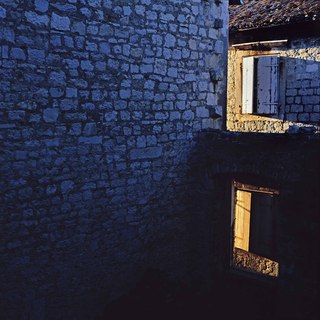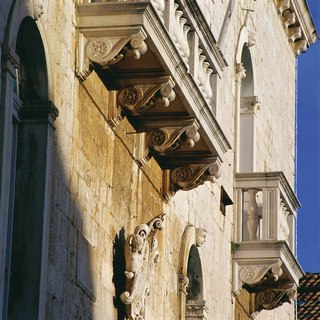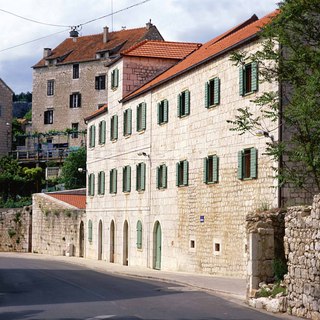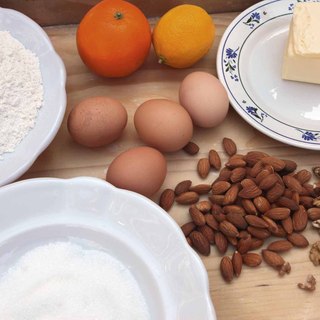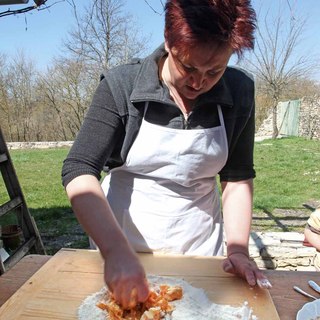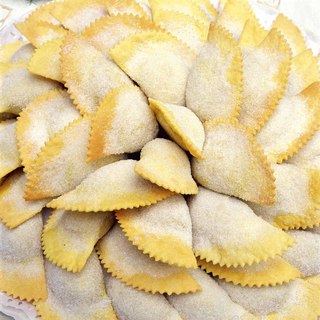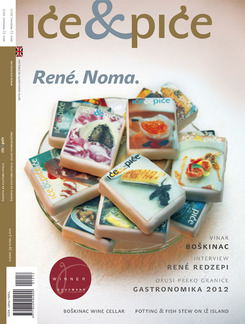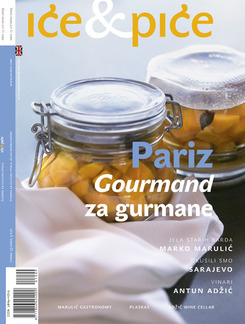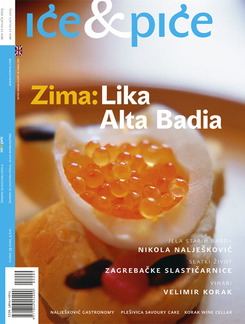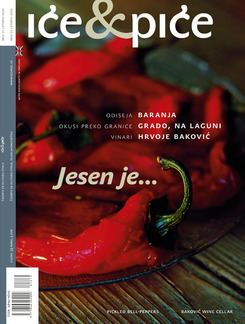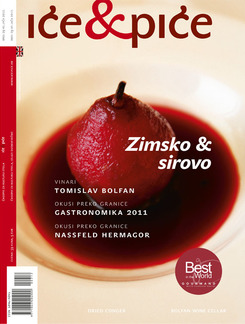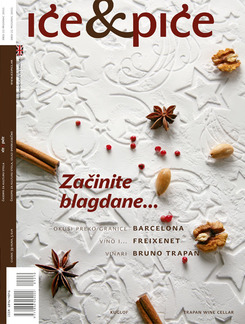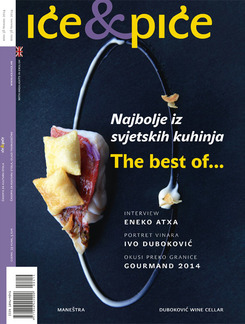The great Split writer and journalist Miljenko Smoje often insisted that sweet stuff is for kids and wh... (members of the oldest profession). In spite of there being quite a few people who hold to this theory in Dalmatia, there are not many who will be quite unmoved by various traditional sweet delights, which of a certainty include rafioli.
We might say that in a good part of our oldest province rafioli are a kind of ritual object, something like the communion wafer – it’s there on the table with christenings, communions and confirmations, with weddings and wakes.
Like other Dalmatian treats, every family has its own recipe that it hands down from generation to generation with jealous zeal. A lady friend of mine has a collection of recipes from her deceased great aunt in there is the admonition under each set of directions: Only like this and in no other way, writ large. And so although there are thousands of versions of rafioli, usually one discusses Trogir, Imotski, Makarska and Sinj (for example) types.
As for the origin of Trogir rafioli, there is a legend attached to it, true enough, the way it often is here, with no historical backing. A girl named Rafioli was imprisoned in the famed Kamerlengo Tower in Trogir, who, in the expectation of being rescued by her sweetheart, baked delicious cakes. A Trogir patrician lad liberated the lady and led her off to his mansion, where to the end of her life she baked him rafioli. Once in Trogir until the wee hours during the time of the feast of Bacchus (a wine event that stems from Antiquity) I discussed rafioli with Duško Geić, a good spirit of Trogir, winemaker, poet, etymologist and above all a supreme connoisseur of Trogir history and tradition. He claimed that the true name (for the singular) was rafiola and not rafiol. Under the heavy burden of the patriarchal inheritance, rafiola had changed its gender and become male, rafiol. So typical of Dalmatia in which olive oil too has a masculine gender although the olive tree itself is feminine.
Geić went on to say that the word was probably derived from the words il fiore or the flower, for if we link two rafioli together, we get a stylised flower. And if il fiore became la fiora, by what metathesis did it finally become rafiola? Perhaps in the long history the presence and then erosion of the Venetian dialect in the speech of Dalmatian towns led to this change, and it is not to be ruled out that the name comes from some Flora or Fiore, as in the old days in Trogir girls who would today be called Cvita were cleped.
With the joining of two rafiols, apart from a flower, all sorts of things can be imagined by those with somewhat sensual fancies, and perhaps here lies the etymology of the name. There is no doubt that in the Renaissance the Decameronian spirit made its way rapidly along both sides of the Adriatic.
Imotski rafioli, no less famed than those of Trogir, are leftover witnesses to the high level of urban living and the table culture of that town.
In 1879 Emperor Franz Joseph and Empress Sissi visited Imotski and stayed in the house of the Mazzi family. As behoved, on that occasion a great many indigenous treats were offered, including rafioli. By chance, one of the girls who was then in service at the Mazzis took the art of rafioli making to the family into which she would marry.
The one-time Bosnia-Herzegovina communist high-up Branko Mikulić often dropped in to the Nikolić family in Imotski , where the ladies of the house would make rafioli exactly according to the recipe that their grand-dam had brought with her from the Mazzi house. Once Mikulić took a nice package of fifty of them to Comrade Tito in Bugojno. Tito apparently greatly enthused about rafioli made from this recipe once made for another Joe before him.
Gordana Radić, writer and journalist from the old and distinguished Imotski Rako family, in an accompanying article about rafioli in the Imotski Cookbook of Mira Nikolić says: on the festive table we’d be met with fan-shaped trays of Spanish birds [escalope rolls enfolding prosciutto] , flaky nuggets of macaroons, quince paste nicely arranged on scented bay leaves, and above all rafioli, the trademark of every house in Imotski. They waited for us on little plates, scented like nothing else; they travelled in packages to friends and relatives in distant realms, and every Imotski housewife had first of all to take the rafioli making test. If she didn’t manage to get an A, at least they had to be worth a B.
There are probably as many rafioli stories in Dalmatia as there are housewives that make them. Princes and kings, emperor, sultans and doges, generals and marshals have marched through the Dalmatian kitchen and gone down in history confirming that all power is provisional, that all is passing. Except for rafioli.
